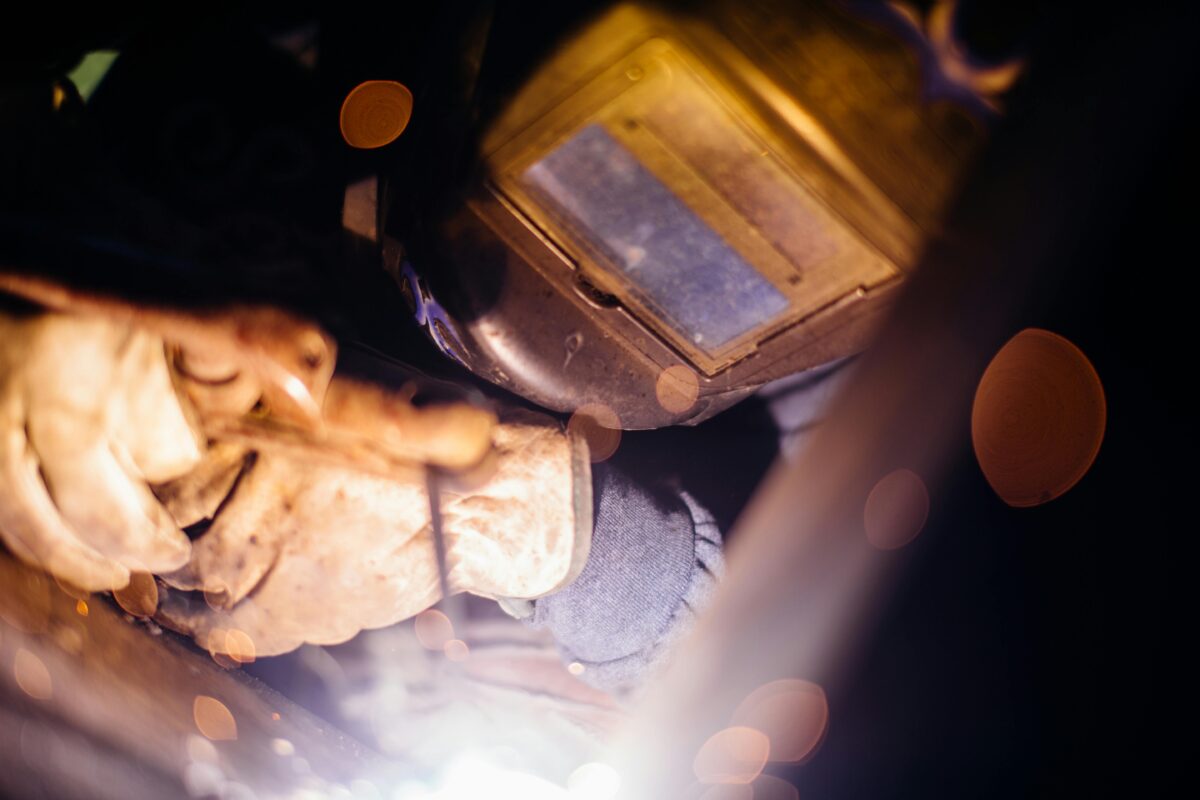What Is TIG Welding? A Complete Guide for Precision Welding
TIG welding, also known as Gas Tungsten Arc Welding (GTAW), is one of the most precise and high-quality welding processes used in modern metal fabrication. It uses a non-consumable tungsten electrode to produce a clean, strong weld that’s ideal for projects requiring accuracy and visual appeal.
How TIG Welding Works
In TIG welding, an electric arc forms between a tungsten electrode and the metal being welded. The tungsten electrode does not melt; instead, it generates the heat needed to fuse the metals together. A shielding gas, typically argon or helium, protects the weld area from contamination and ensures a clean finish.
When necessary, a filler rod is added manually to strengthen the joint — giving the welder full control over the weld’s shape, depth, and quality.
Advantages of TIG Welding
TIG welding is known for producing high-quality, durable, and visually appealing welds. Here are some key benefits:
- Precision and Control: Perfect for detailed and delicate work.
- Clean and Spatter-Free Welds: Minimal cleanup and a smooth finish.
- Versatility: Works with a wide range of metals, including stainless steel, aluminum, magnesium, copper, and titanium.
- Strong, Reliable Bonds: Excellent for critical joints and structural applications.
Common Applications
TIG welding is widely used in industries that demand strength, precision, and a polished appearance, such as:
- Aerospace and automotive manufacturing
- Food-grade stainless steel equipment
- Custom metal fabrication and repairs
- Pipe and tubing systems
- Architectural and artistic metalwork
Why Choose TIG Welding for Your Project
If you need welding that combines accuracy, strength, and aesthetics, TIG welding is one of the best options available. Whether it’s a stainless steel railing, aluminum repair, or custom metal fabrication, TIG welding ensures a professional finish that lasts.

